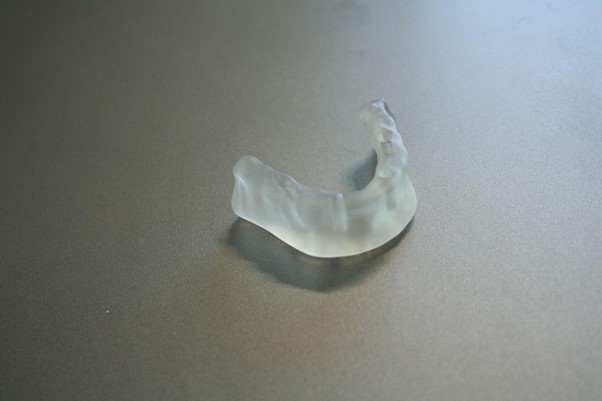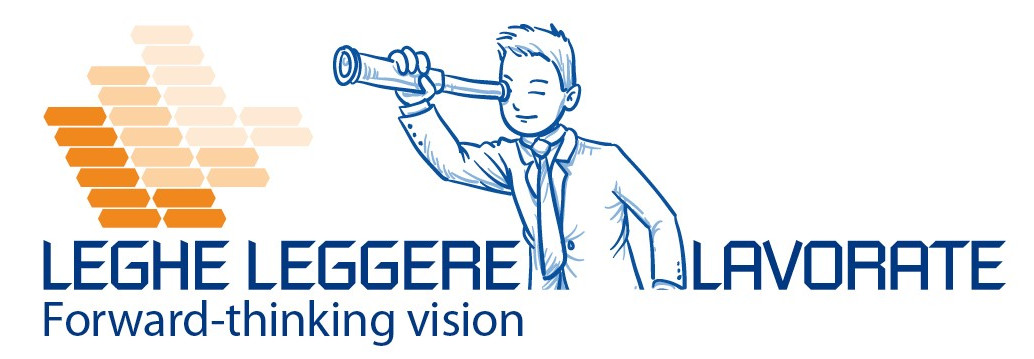For some years now, the additive has entered the medical sector as a prototype and productive technology. Additive manufacturing has always been a very interesting technology for our company, especially for the production of implantable medical devices.
For this reason, our main interest for this technology has always been for additive metal even if, in recent years, we have also started to consider composites (peek+carbon).
Despite this may seem strange, our first investment in additive technology concerns a printing machine for resins!
For some months we have introduced a 3D printer for plastic materials in our new plant.
But what prompted us to this investment?
The use of 3D printer in medical sector
First of all, the fact that some materials supplied by the manufacturer were already certified for medical use. In fact, we generally use some materials that are sterilizable and one of these is also biocompatible. This is an important feature when speaking about implantable medical devices.
The other motivation is linked to the production of disposable kits, whose demand has increased, especially in the pandemic period. The use of a 3D printer that uses materials that can be sterilized has given a great economic advantage to some of our customers.
In fact, the use of plastic parts in disposable kits requires investments in moulds, which can be repaid only in the case of very high productions.
When can the 3D printer be used?
The use of additives is an excellent solution for these cases and also for the manufacturing of other components in different materials.
In the example below we can see the production process of a mandible to which dental implants will be applied. The device is also used by product specialists for the promotion to customers.
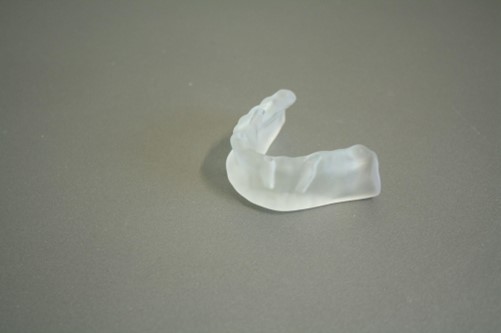
But how does the production process take place?
We start from a 3D file, as with any additive printer.

Then we move on to the printing phase
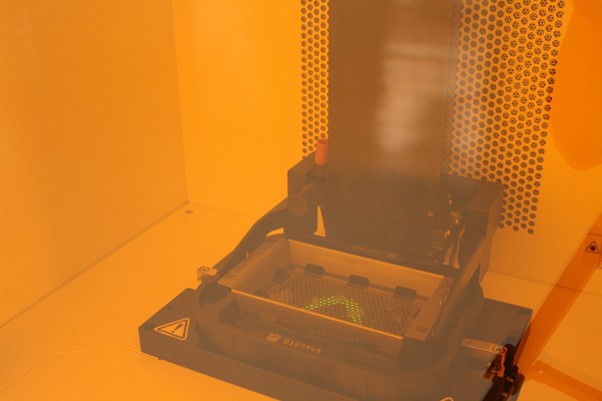
After the printing phase, the detail is detached from the support and the supports necessary for its realization are eliminated.
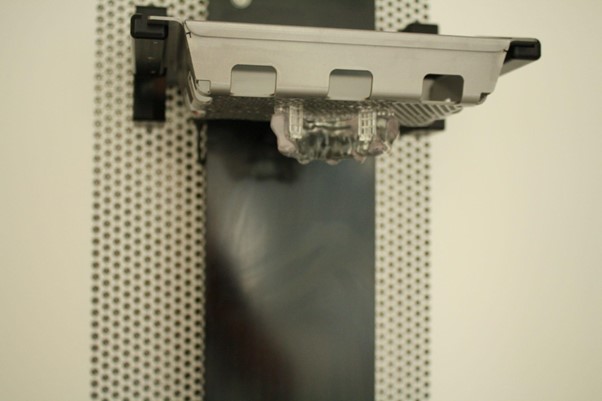

The final result is a semi-transparent mandible in which, as previously mentioned, dental implants will be inserted. The use in this case is, as mentioned above, only for demonstration.
It is however possible, if starting from a CT scan of a patient, to exploit the 3D printed component as a test for the positioning of the implants and the subsequent prosthesis.
